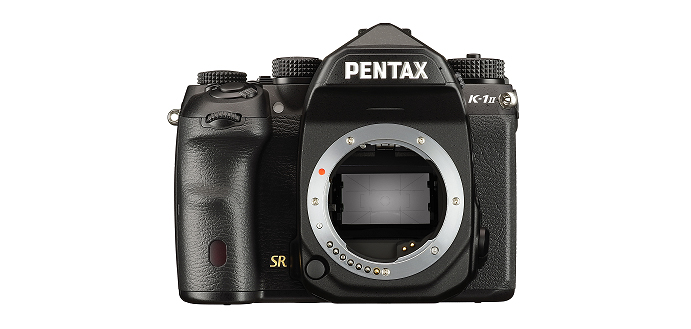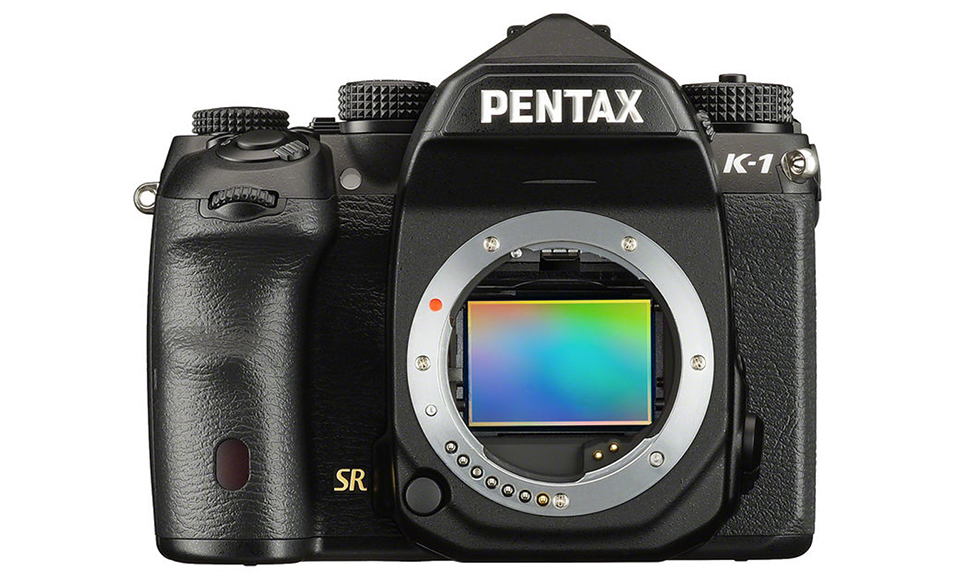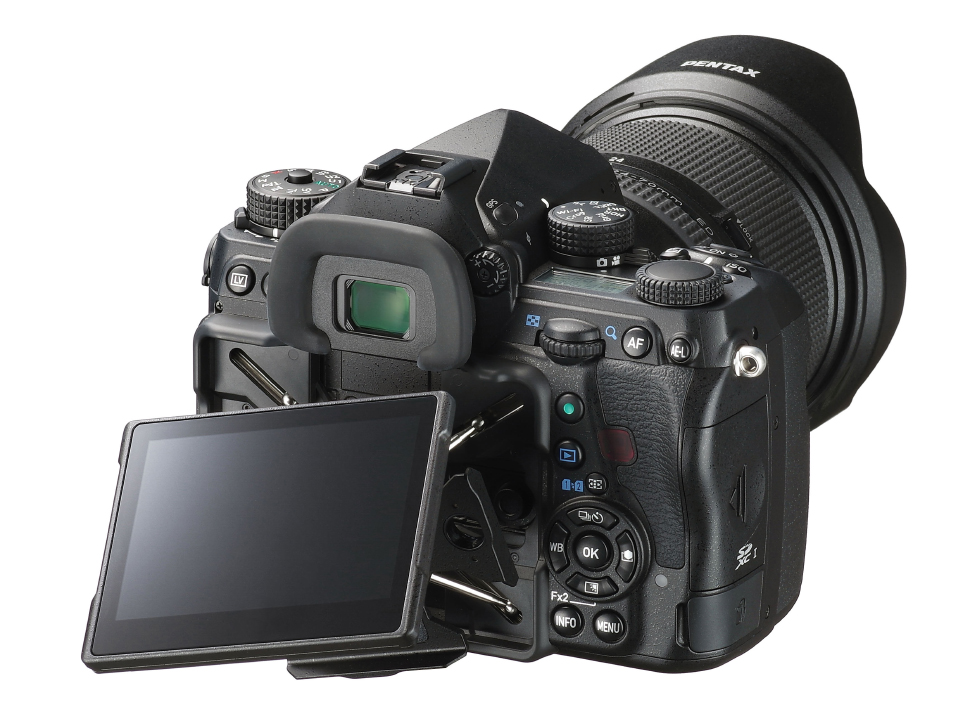Pentax K-1 Mark II: Ricoh Imaging revamps flagship full-frame DSLR
New model succeeds the two-year-old K-1, with a second-generation Pixel Shift Resolution System and improved noise reduction

Ricoh Imaging has announced that the two-year-old K-1 full-frame DSLR is set to be succeeded by a Mark II version.
Read more: The 10 cheapest full-frame cameras right now
Most of the new camera's core appears to be the same as that of the K-1, such as the 36.4MP full-frame sensor that lacks an optical low-pass filter. The sensor does, however, now work with a new accelerator unit that partners with the PRIME IV processing engine to optimise image data, which in turn is said to help produce high-quality images with as little noise. The new camera will use the same full frame Pentax lenses as its predecessor.
Pentax K-1 Mark II specs
- 36.4MP full-frame sensor, no optical low-pass filter
- PRIME IV processing engine and new accelerator unit
- Full HD video recording to 60i/30p
- Pixel Shift Resolution System II with Dynamic Pixel Shift Resolution mode
- 5-axis, 5-stop Shake Reduction II system
- 4.4fps burst shooting (17 Raw files or 70 Best-quality JPEGs)
- 3.2in three-axis tilting LCD, 1,037k dots
- Optical pentaprism viewfinder, nearly 100% coverage
- SAFOX 12 AF system, 33 points (inc. 25 cross-type sensors)
- 86,000-pixel RGB metering sensor with Real Time Scene Analysis system
- Dustproof, weather-resistant body
- Shutter rated to 300k actuations
- Built-in GPS system
- Dual SD-type card slots (to UHS 1 standard)
Additionally, image processing parameters have been revamped, and Ricoh claims that noise reduction has drastically improved at high sensitivities. The ISO range itself can be extended to a setting equivalent to ISO 819,200, something that wasn't available on the original K-1 (but a feature that did appear on the recent K-P model).
Read more: Pentax K-1 Mark II review
The previously seen Pixel Shift Resolution System, which captures and combines four images into one high-resolution composite, is also now on its second generation. This latest iteration, which makes use of the camera's five-axis, five-stop Shake Reduction system, incorporates a newly developed Dynamic Pixel Shift Resolution mode, which is designed to be used at high sensitivities while hand-holding the camera (rather than having to use a tripod).

The presence of this Shake Reduction system also means that we get the familiar collection of features based on this technology, such Auto level compensation and Image-composition fine-adjustment. Furthermore, this works with the camera's GPS system to enable the ASTRO TRACER feature, which allows users to capture stars and other celestial bodies without any trails.
Get the Digital Camera World Newsletter
The best camera deals, reviews, product advice, and unmissable photography news, direct to your inbox!
Other features include a dustproof and weather-resistant exterior, together with the same position-it-anywhere 3.2in LCD screen that featured on the K-1. Ricoh also claims the Outdoor Monitor function has also been improved to provide better visibility when shooting in darker conditions.

The camera also mirrors the K-1 – and indeed, many cheaper Pentax models – in offering a pentaprism viewfinder with nearly 100% coverage, while the 33-point SAFOX 12 AF system that was included in the Pentax K-1 has also been maintained for the new model, with 25 of these points being the more sensitive cross-type variety.
Pentax K1 Mark II price and release date
The K-1 Mark II will be available from the end of March, with a body-only price of £1799.99 in the UK and $1999 in the US.
Read more:
• The 10 best full-frame cameras in 2018
• The best Pentax lenses to choose right now
The former editor of Digital Camera World, "Matt G" has spent the bulk of his career working in or reporting on the photographic industry. For two and a half years he worked in the trade side of the business with Jessops and Wex, serving as content marketing manager for the latter.
Switching streams he also spent five years as a journalist, where he served as technical writer and technical editor for What Digital Camera before joining DCW, taking on assignments as a freelance writer and photographer in his own right. He currently works for SmartFrame, a specialist in image-streaming technology and protection.

